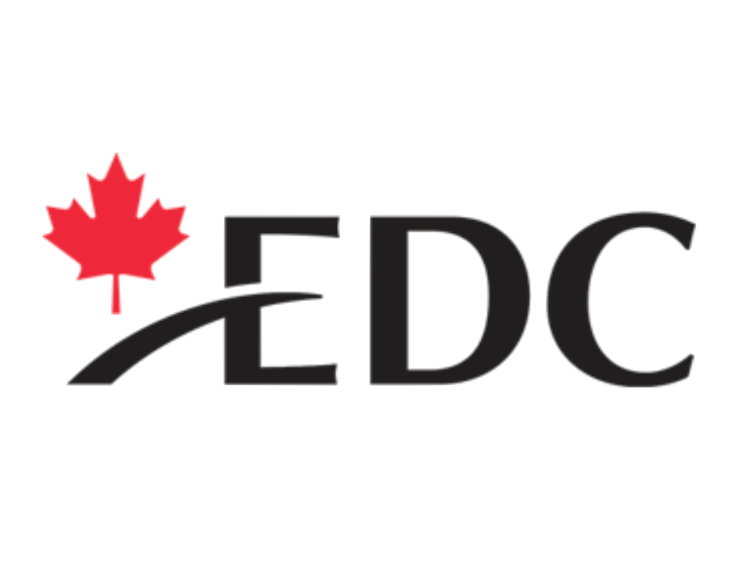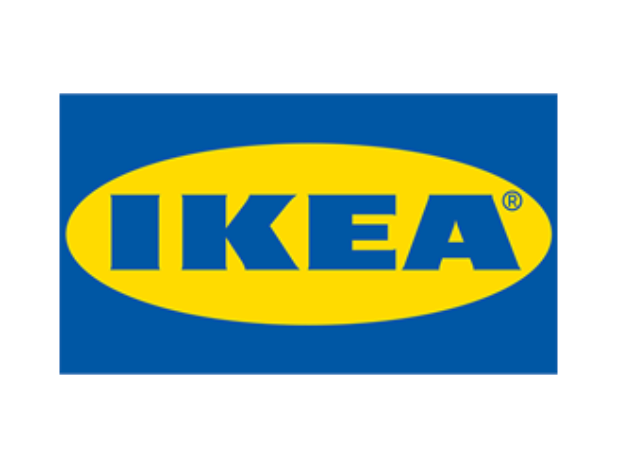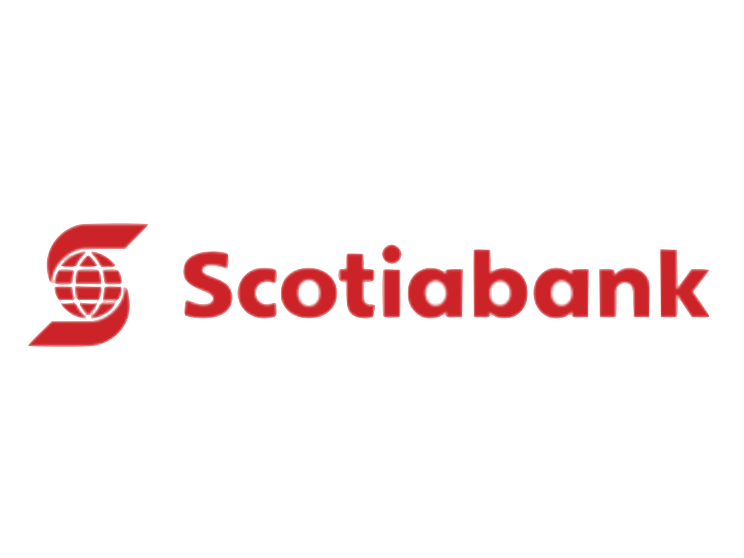Gender-responsive recruitment, retention, and promotion ensures diversity of thought and experience, increased innovation, and a better understanding of the customer base.
Gender-responsive recruitment, retention, and promotion at all levels of the organization ensures diversity of thought and experience, increased innovation, a better understanding of the customer base, and improved financial outcomes. However, the private sector is falling short in its efforts to recruit, hire, promote, and retain women. The recruitment, retention, and promotion gender gap is due to several factors, many of which come down to systemic bias, lack of opportunity, and flawed policies or practices. For instance, when applying to a new position, women generally strive to meet all the qualifications of a job posting and strictly follow hiring guidelines, unlike men in similar positions. Additionally, women are more likely than men to leave a job or downgrade their career aspirations in order to provide eldercare or childcare and balance domestic duties. Moreover, women have fewer opportunities to interact with senior leaders and, therefore, receive less executive and managerial support than men, resulting in men being promoted to manager 2.5 times more than women.
Success Factors for Recruitment, Retention, and Promotion
- Review human resources processes (i.e. recruitment, screening, hiring, and selection; training and development; promotion and succession; and retention and termination) to determine whether policies or practices discriminate by gender. Then, implement formal measures to address and prevent bias, discrimination, and stereotypes (e.g. training, checklist criteria, standard interview scripts and questionnaires, diverse committees, process reports).
- Assess job posting and roles with a gender-responsive lens (e.g. review skills qualifications, language, role titles). During company consultations, it was noted that internally evaluating roles during a “discovery stage” of the recruitment process could help create gender-neutral job descriptions and anticipate how potential applicants perceive roles. For example, one company found that changing the name of a role from “technician” to “advisor” drastically increased the number of women applying.
- Train all relevant managers with recruitment, hiring, promotion, and termination capacities and ensure they are aware of the importance of gender equality and diversity targets. Senior leadership commitment becomes middle management’s responsibility during the recruitment, retention, and promotion processes and action can stall if these managers lack resources to execute goals.
- Evaluate promotion and succession planning processes. During company consultations, it was noted that succession planning could be departmental, horizontal, or less linear, particularly when certain leadership roles are not regularly available, to allow for a larger pool of candidates.
- Design specific strategies to hire and promote women into management positions. Women are 30% less likely than men to be promoted from entry level to management positions. One particular barrier revolves around parental leave: women often feel overlooked for promotions, excluded from mentorship opportunities, or find barriers to re-entering the workforce.
Good Practices in the Private Sector

One of the ways that Export Development Canada (EDC) is addressing the hiring gap is by focusing on the interview process. One of EDC’s units acknowledged its low rate of women hires and decided to intervene with changes during the interview stage. This team improved its hiring panel selection to ensure that all panels are comprised of one lead person, one person in charge of team culture, and one person in charge of technical skills. This change has resulted in a more balanced assessment of candidates and a higher rate of women hires.

IKEA is showcasing strong commitment towards having gender-balanced recruitment, retention, and promotion. IKEA’s Diversity & Inclusion Approach outlines six steps:
- Establish the mindset for diversity and inclusion
- Analyze co-worker diversity
- Set local goals for diversity
- Develop a local action plan for diversity
- Create an infrastructure for inclusion
- Measure diversity and inclusion

Scotiabank’s ignITe! Gender Diversity program continues to make Scotiabank an attractive career destination for women in technology by focusing on empowering and supporting women’s personal and professional growth through programs that build women’s skills and enable advocacy. The program focuses on eliminating recruitment bias, supporting gender neutral job descriptions, providing reporting and recruitment transparency, and creating professional development and sponsorship programs. IgnITe! partners with other technical companies, academic institutions and research groups to encourage women to join technology companies like Scotiabank. Through various partnerships and in-house development programs, Scotiabank has seen an increase in engagement and the number of women in manager through to executive roles.
Recommendations for Recruitment, Retention, and Promotion
- Establish gender and diversity targets for hiring and promotion at all levels because what gets measured gets prioritized.
- Create mechanisms to ensure managers are accountable. For example, mandating diverse candidates in job lists, creating job evaluation committees comprised of diverse employee representatives, adopting rationale documents for any hiring or promotion decisions.
- Ensure interview panels and/or hiring committees are diverse and provide them with diversity and inclusion training.
- Don’t let assumptions and bias impact talent conversations. Typical assumptions include: She’s too nice, she wouldn’t want this job; she has children, work travel will be too demanding.
- Evaluate recruitment, attrition, and promotion history (e.g. starting three years prior) for all levels by gender and other identities.
- Monitor and track current rates of recruitment, attrition, and promotion aiming for proportional rates at all levels.
- Expand the scope of search and sourcing methods to attract more diverse candidates (e.g. external networks, search firms, career fairs, job boards).
- Emphasize the development of career plans for all employees and support their short- and long-term ambitions and aspirations, including those that do not follow linear paths.
Assess Your Organization’s Recruitment, Retention, and Promotion
- Does your organization have recruitment practices or policies that are gender-responsive?
- Does your organization have recruitment practices to encourage more women to apply for open positions (e.g. promote openings within women’s professional networks or associations, use industry specific job boards or career fairs, recruit from a broad range of universities or educational institutions)?
- Does your organization have recruitment practices to encourage all genders to apply for open positions in non-traditional careers (e.g. promote openings within professional networks or associations, use specific job boards or career fairs, recruit from a broad range of universities or educational institutions)?
- Does your organization perform a gender analysis of its jobs and roles to reduce bias and discrimination in job descriptions (e.g. review skills qualifications, language use, role titles)?
- How does your organization address bias, discrimination, and stereotypes in its recruiting, screening and hiring processes?
- How does your organization ensure that employees of all genders have equal development and advancement opportunities?
- How does your organization ensure that all employees are aware of available development and advancement opportunities?
- Does your organization track recruitment, hiring, attrition, or promotion rates by gender?
- Does your organization track recruitment, hiring, attrition, or promotion history by gender?
- Does your organization track attrition and promotion rates following pregnancy/maternity and parental leave?
- How does your organization address bias, discrimination, and stereotypes in its performance reviews and promotion or succession processes?


